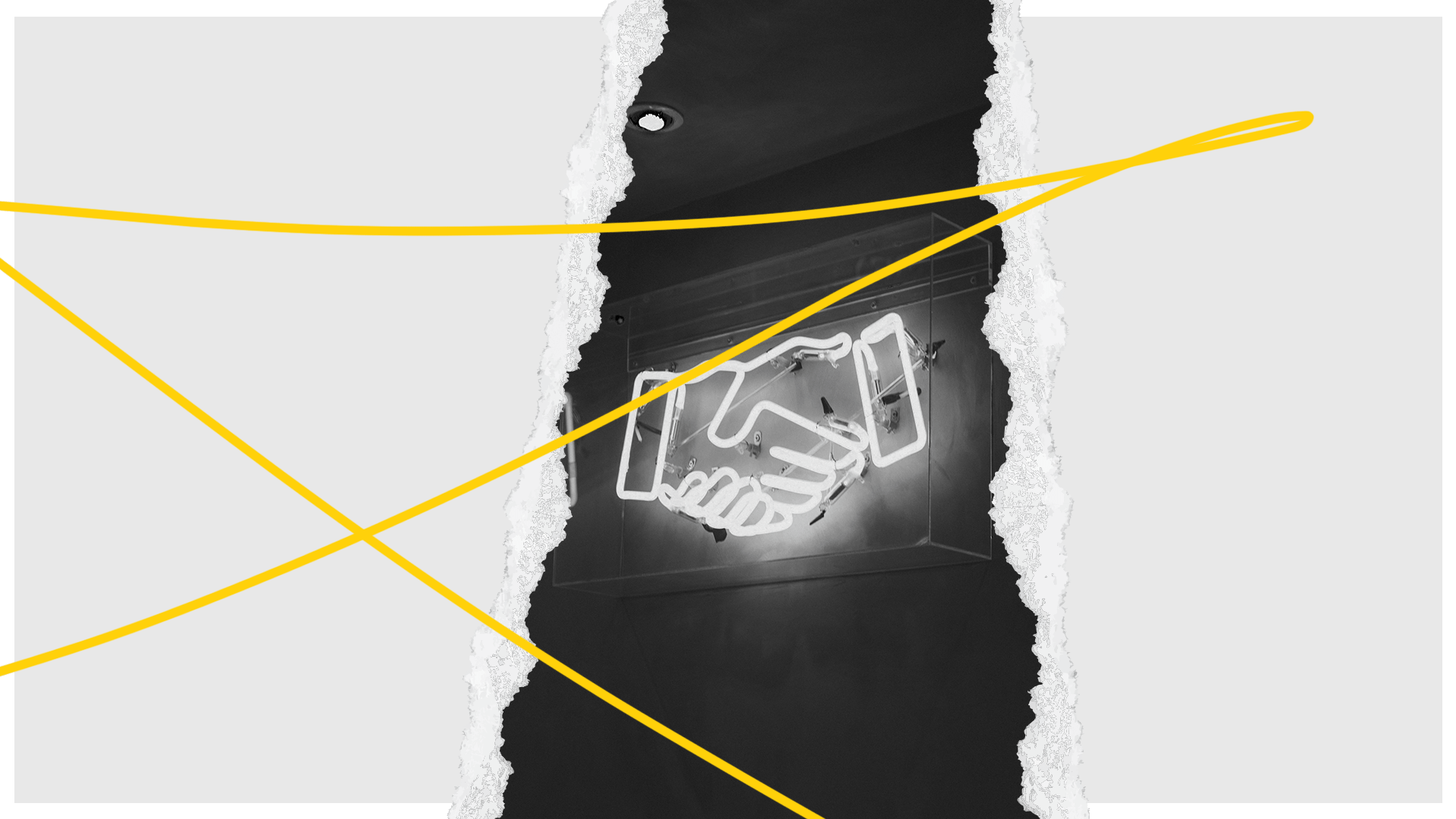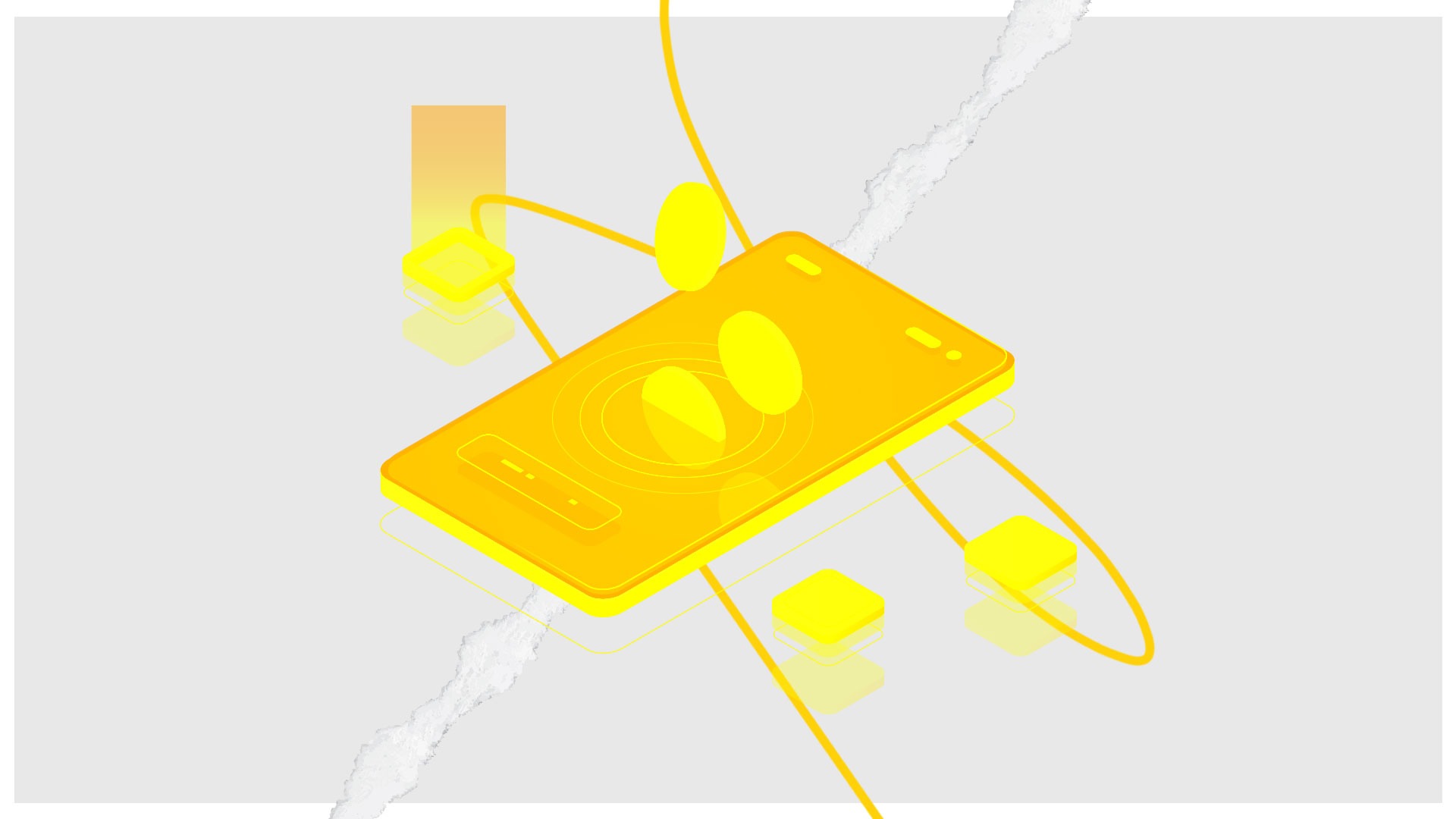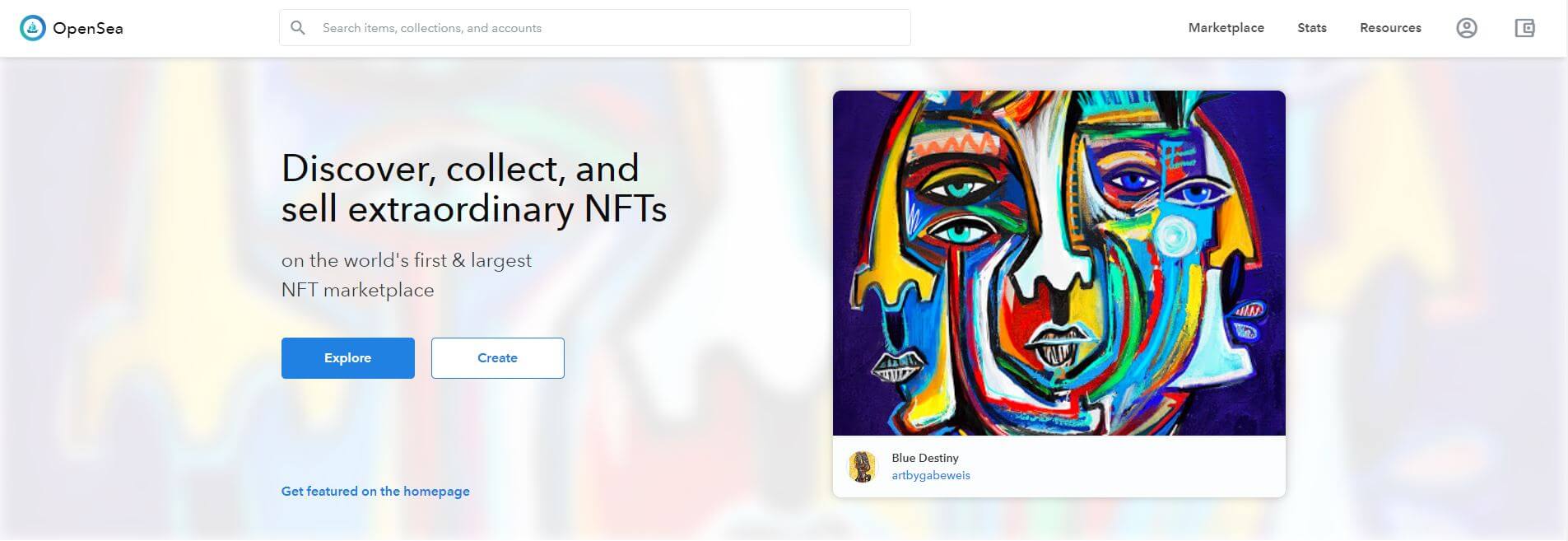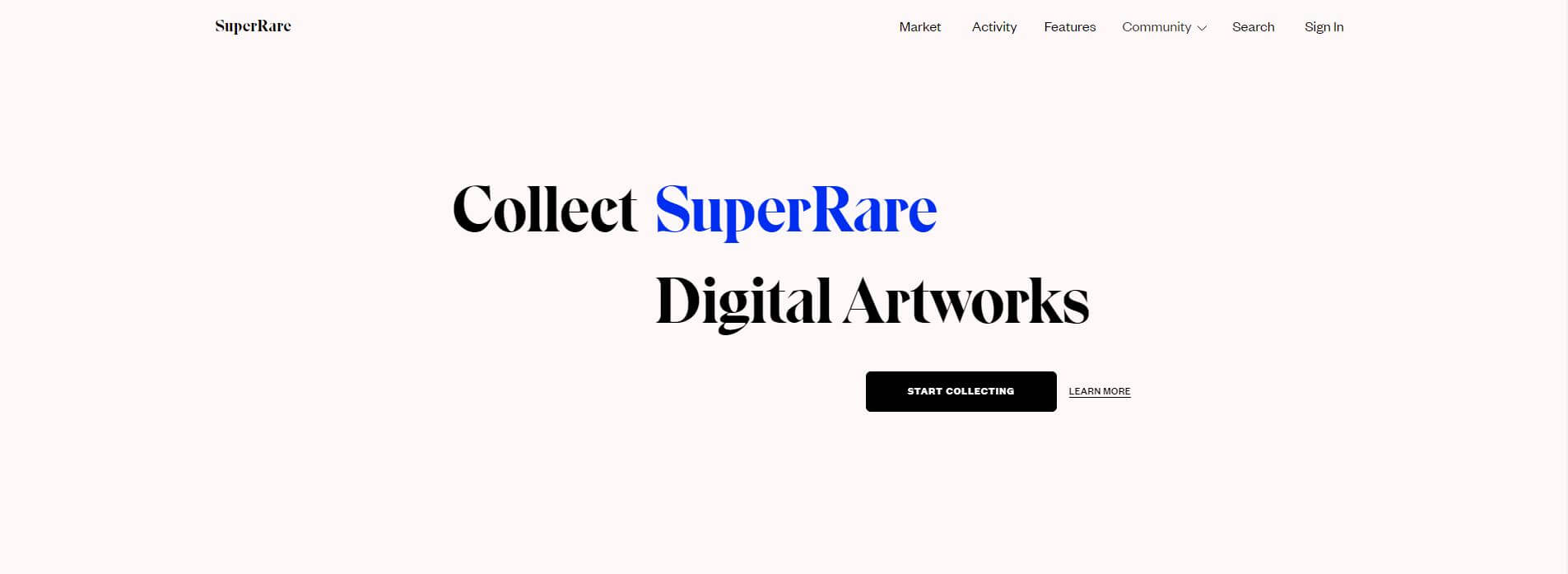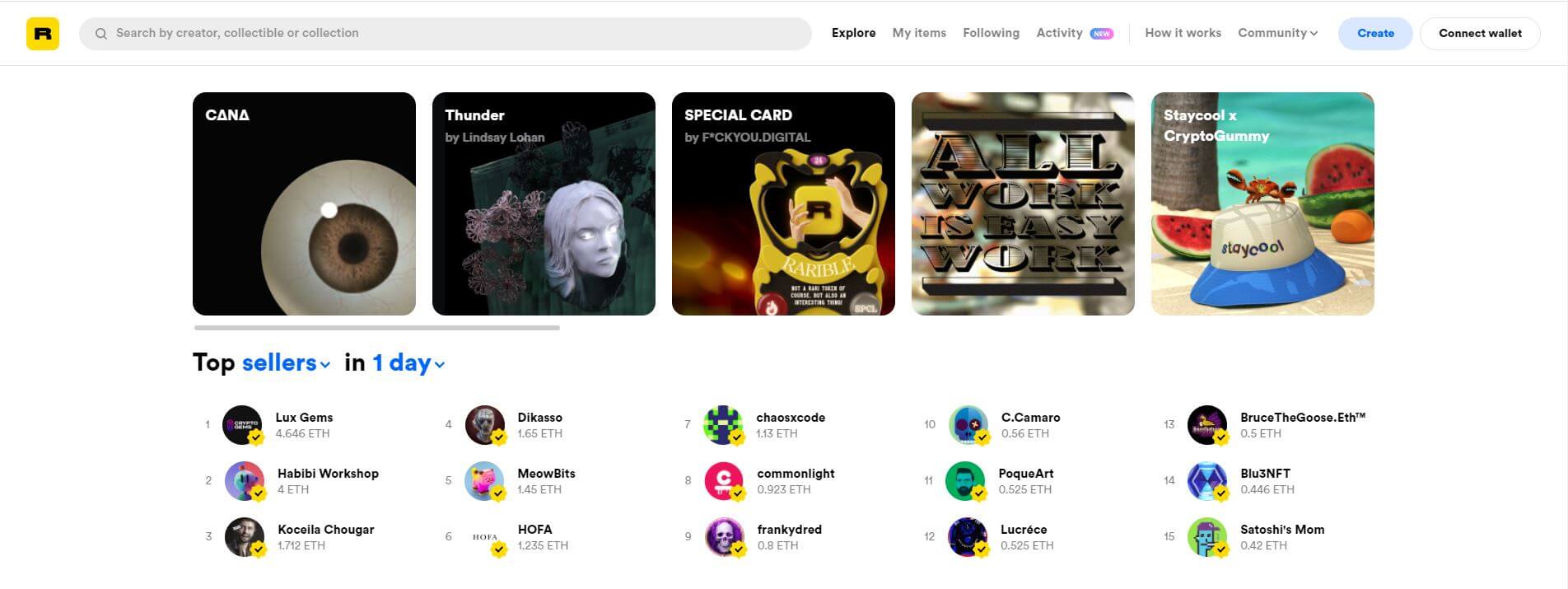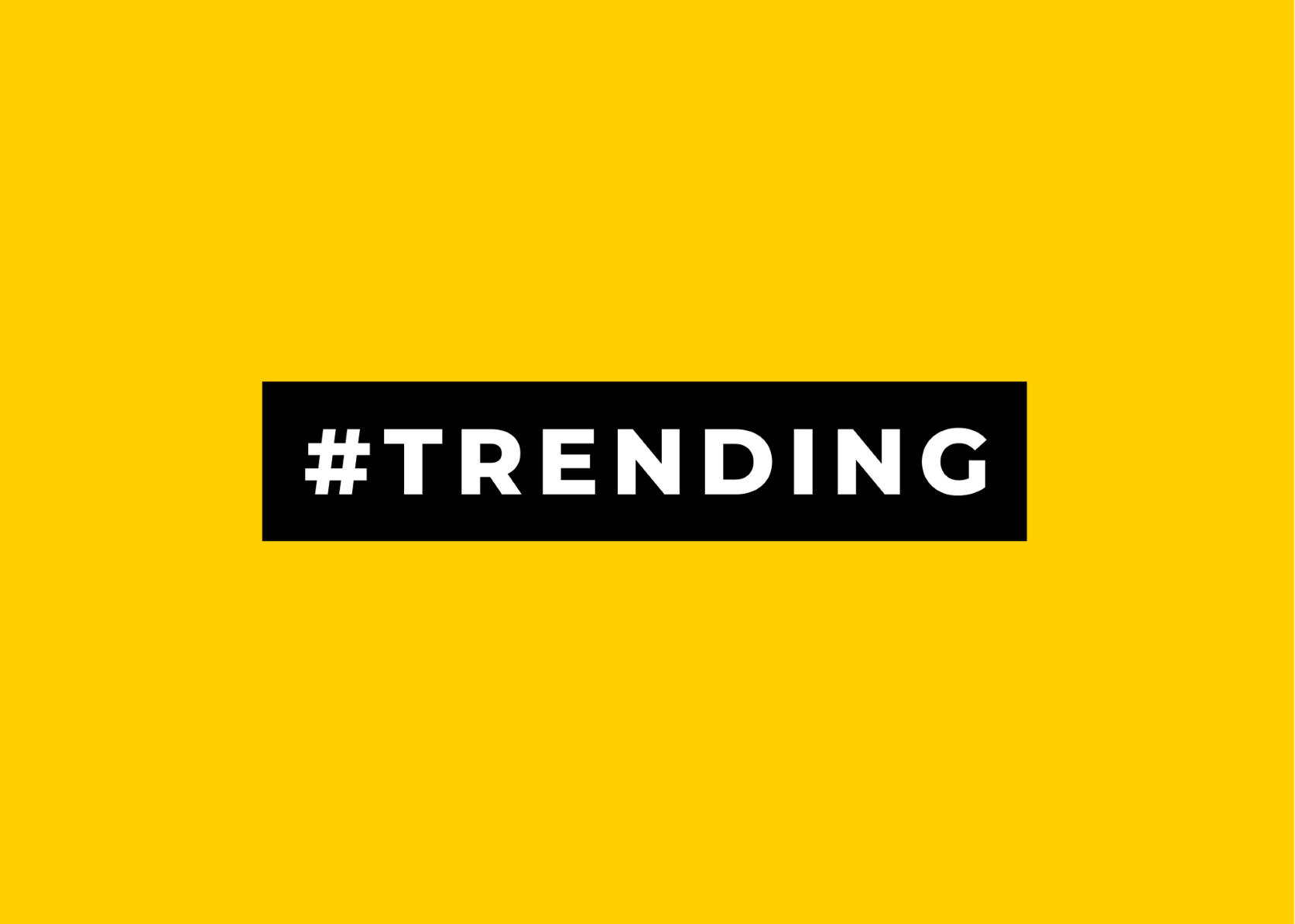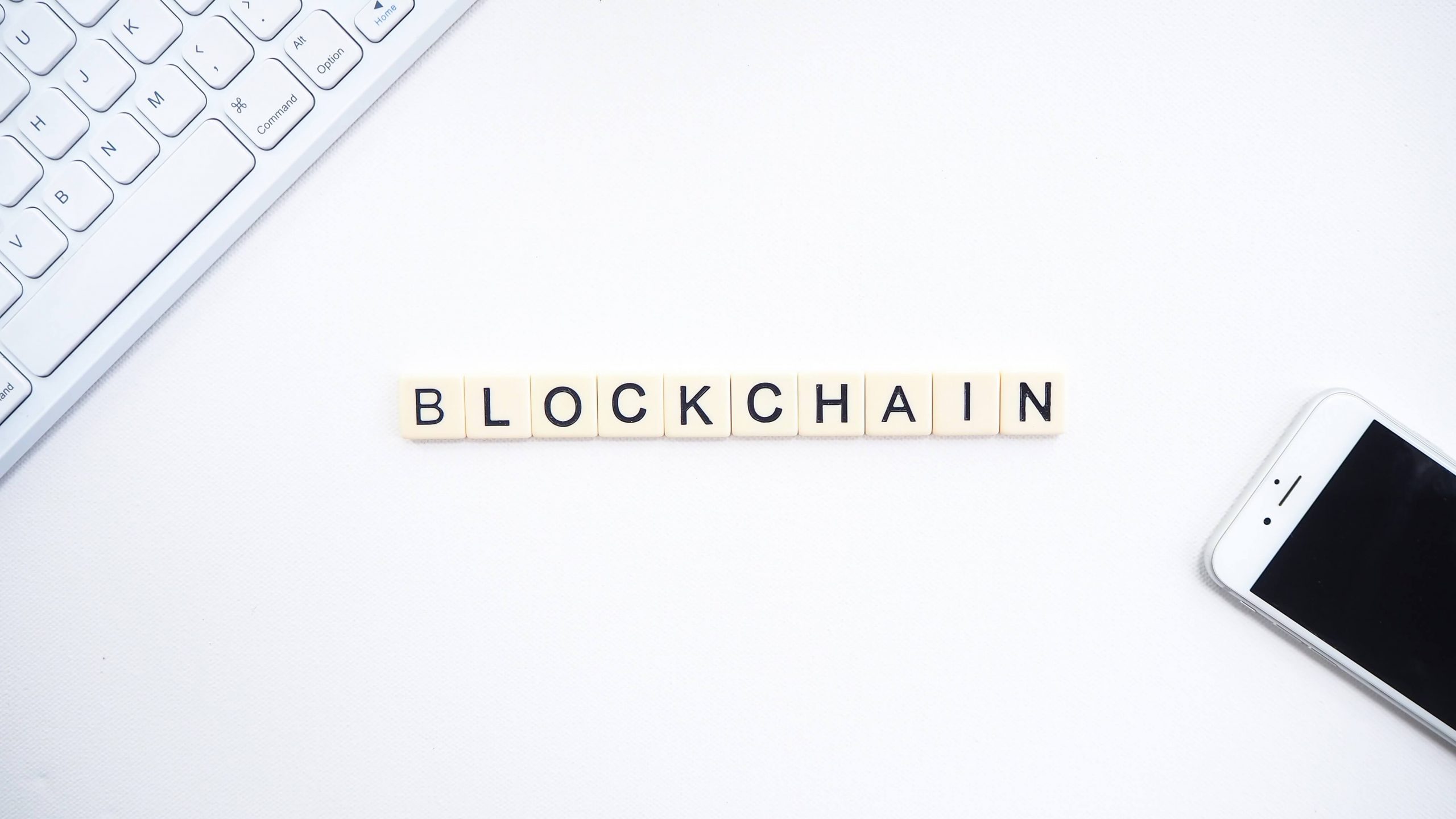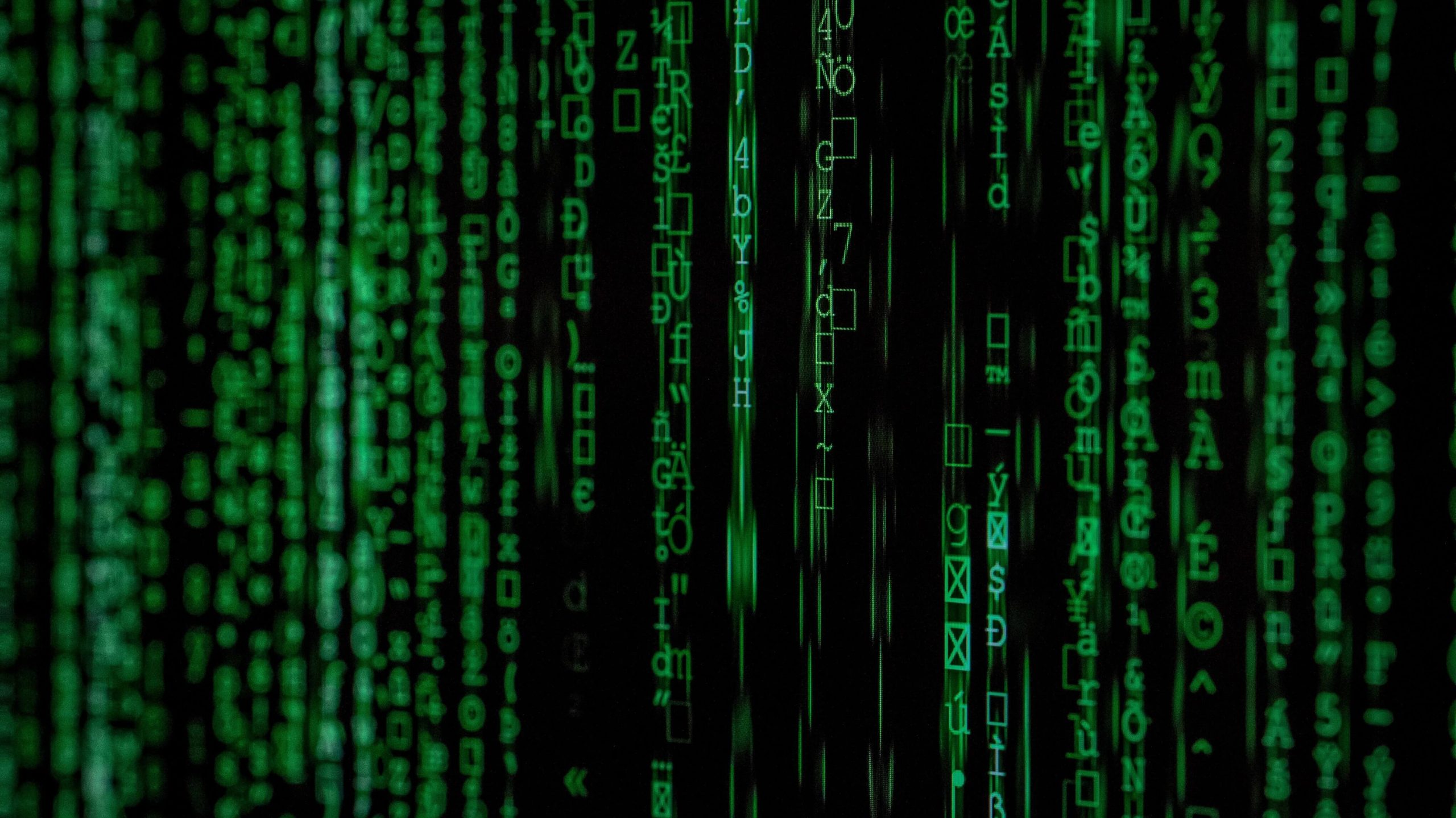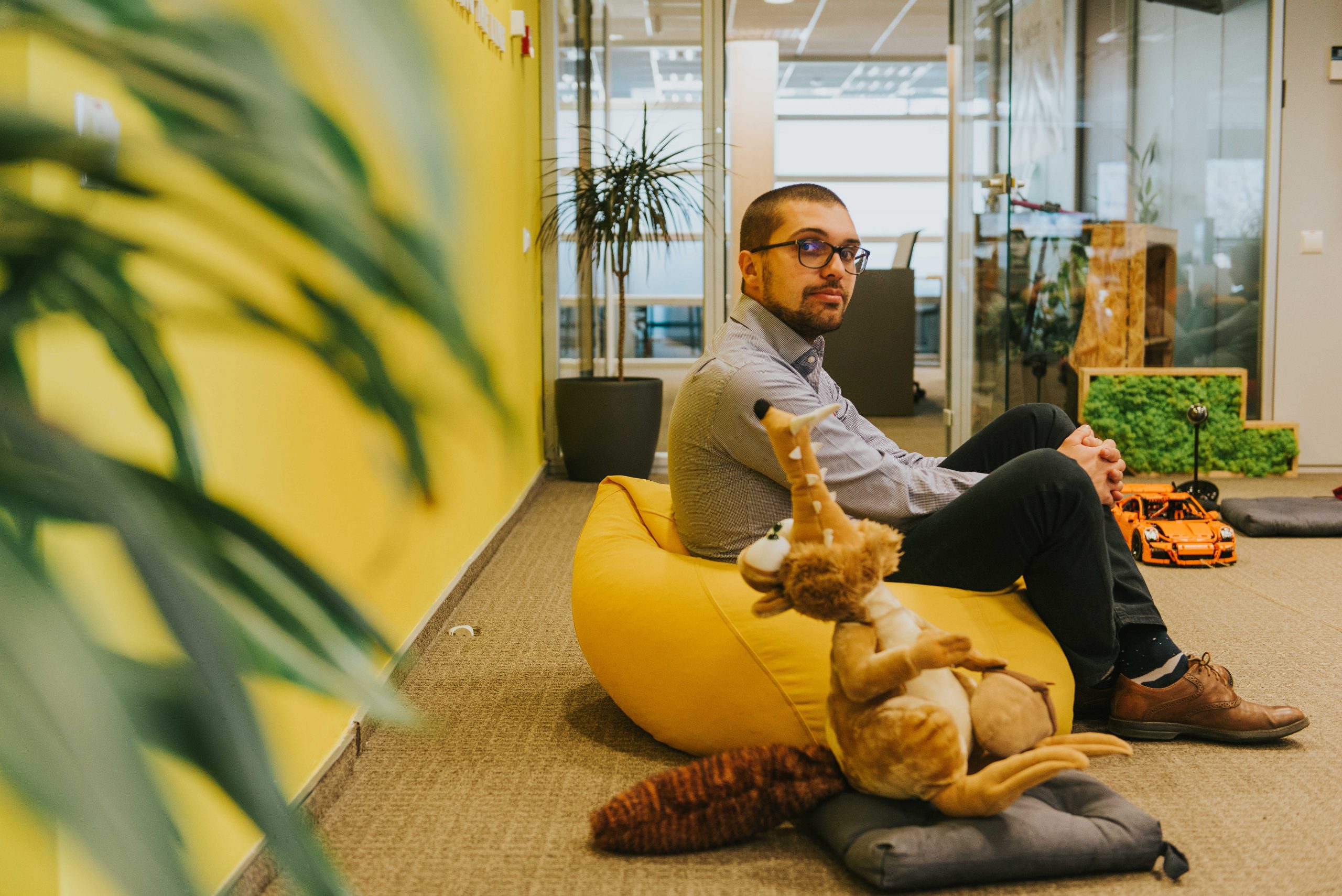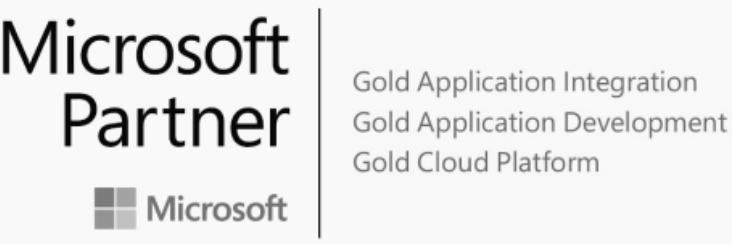If you’ve spent some time looking at the world of blockchain, you’ve probably heard of smart contracts or even thought about smart contracts development. They’re a popular feature of blockchain and particularly cryptocurrencies like Ethereum.
But what are they, and how can they be useful to you? In this post, we’re going to cover everything you need to know about DeFi smart contracts, from what they are to how to start using them.
What are smart contracts?
In short, a smart contract is a program stored on the blockchain. However, unlike a regular program, which runs whenever you tell it to (like when you double-click an app icon), a smart contract only runs whenever certain conditions are met.
For instance, say you agree to give someone the title to your car if they pay you $5,000. You could create a smart contract in the blockchain that emails the person the title to your car (assuming it were that easy, of course) whenever they send you $5,000. The contract is executed by code, so both parties know there’s no room for funny business.
This creates a clean value exchange, which can be difficult to achieve in the real world. You can build smart contracts on a few different cryptocurrency blockchains, including:
- Ethereum
- Bitcoin
- Cardano
- EOS.IO
- Tezos
3 DeFi smart contracts use cases
To help you better understand how you can use DeFi smart contracts, here’s a look at three popular proposed use cases. It’s important to note that this technology is still in its “proto” phase, so these are projections of what the technology can do and not necessarily what it can do right now.
Mortgage loans
A mortgage loan could be executed with a smart contract in much the same way as a car title transfer. What makes the prospect of turning these types of loans into smart contracts beneficial is how much paperwork and processes go into a traditional mortgage loan.
There are middlemen, sometimes weeks of waiting for approval and analysis, and other time-consuming steps standing between the lender and the borrower.
With a smart contract, you can cut down on all of these extra steps. The parties can create a smart contract that executes as soon as someone has the right information and requirements to be approved. This also creates a single place where both parties can easily view all information associated with the transaction.
Insurance claims
Another paperwork-intensive financial process is making an insurance claim. There’s a ton of analysis, going back and forth, and investigation that goes into processing these claims. Plus, making and taking payments from the right people can get complicated.
With a smart contract, this can all be done automatically. You can use the contract to check if a party meets certain claim criteria and can automatically send payment to their account.
This saves a lot of time and headache for all people involved, streamlining the process significantly.
Financial data recording
Financial data recording is one of the most versatile and important use cases for DeFi smart contracts. This is a crucial process that the slightest error can completely disrupt.
So it makes sense that financial data recording is perfect for automation through smart contracts. Businesses and individuals can set up parameters that cause data to be recorded, and data that comes in as input can be stored on the blockchain.
This can eventually remove the need to keep up with documents like invoices by executing the information and function of these documents through smart contracts. It will reduce the errors associated with record-keeping while also saving time and energy.
The basics of DeFi smart contracts development
Now that you know what DeFi smart contracts are and how you can use them, let’s cover the basics of how you can develop them.
Pick what blockchain technology you want to use
First, you need to decide which blockchain technology you want to use. The go-to choice for pretty much everyone is Ethereum, as it is the most popular solution built around smart contracts.
You could use some of the alternatives to Ethereum or go the extra mile and develop a proprietary blockchain technology that caters to your DeFi smart contract needs.
Define your "tokenomics"
“Tokenomics” is a trendy of way of saying “how a cryptocurrency works.” It’s the rules, parameters, inputs, outputs, etc., that define a particular cryptocurrency and blockchain system.
When diving into DeFi smart contracts development, you need to establish these parameters for yourself.
Will you be using cryptocurrency tokens or exclusively smart contracts? How will you use them? And how will they fit into your broader blockchain strategy?
Integrate with crypto wallets
During DeFi smart contracts development, you will also need to consider whether or not you will integrate with crypto wallets. For those that don’t know, crypto wallets store the information that gives you access to your cryptocurrency, similar to how a debit card and PIN work.
While you don’t have to integrate with crypto wallets to make smart contracts work, it can open up several doors for you. For instance, it allows you to create contracts tied to financial transactions.
Decide which data feeds you need to rely on
Finally, you’ll need to know which data feeds your DeFi smart contract development will rely on. Data feeds refer to information outside of cryptocurrency and the blockchain that will be pulled into your smart contract application.
For example, weather, location, and eligibility could all be required for a smart contract to properly execute, though that data will need to come from an external source.
Partner with RebelDot and start your DeFi smart contracts development today
You don’t have to wait to start your DeFi smart contracts development. By partnering with RebelDot, you can bring your vision to life easily and effectively. Reach out to our team today and see how we can help!
